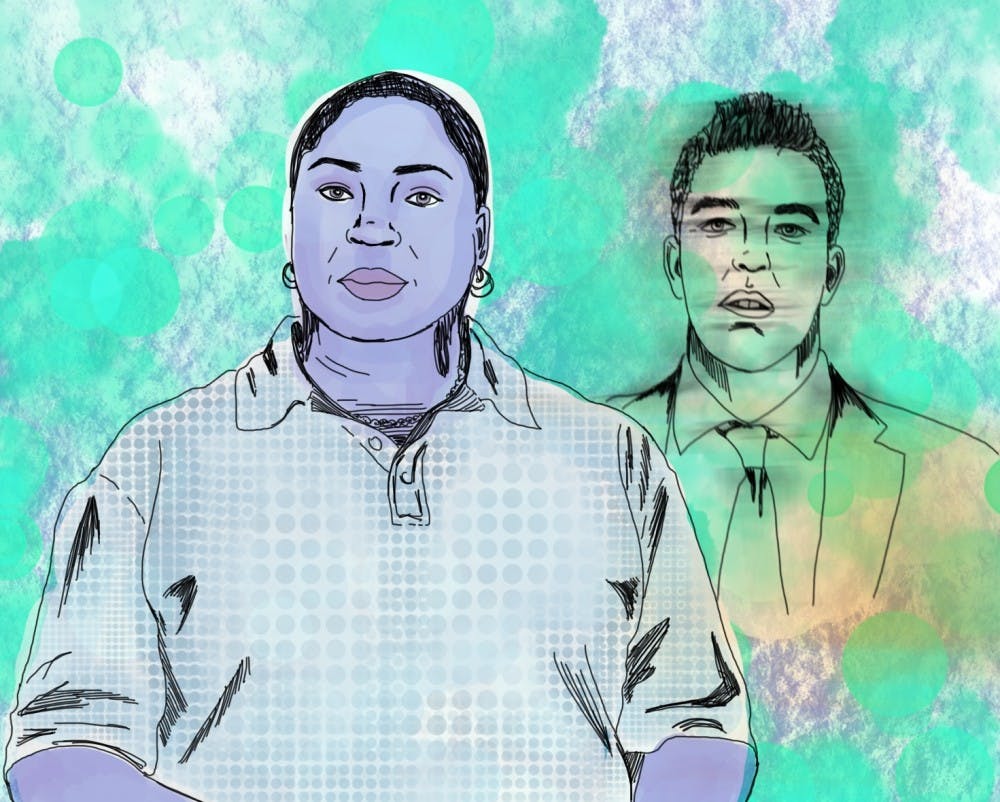Netflix recently introduced a new documentary to its collection called “Fyre: The Greatest Party that Never Happened.”
The documentary aimed to expose what really happened at the failed Fyre Festival back in 2017. Fyre Festival was marketed as a top tier, lavish music getaway that promised big name influencers and musicians, such as Major Lazer and Blink-182.
However, when paying customers arrived at their so-called "exclusive private island getaway,” they were met with none of the fancy accommodations promised. They were not even met with livable conditions.
Now before we start getting angry, try to see the humor in this real-life Lord of the Flies debacle. A whole flock of white, privileged and exorbitantly wealthy people paid hundreds of thousands of dollars to fly to the Bahamas and get to sleep in a villa, only to stay in a wet hurricane emergency tent.
That being said, Billy McFarland, the CEO and head of the whole operation, did sabotage countless investors, organizers and attendees. But instead of feeling sorry for the people who already had enough money to purchase the tickets, feel sorry for the local Bahamians who performed most of the labor for the festival and never saw a paycheck.
That’s right — the local workers who assembled the campsite, prepared what little infrastructure they had, cooked food and worked overtime around the clock to try and meet McFarland’s impossible demands never saw a dime.
The restaurant owner featured in the documentary, Maryann Rolle of Exuma, Bahamas, used her own life savings to pay her employees after the Fyre organizers never paid her for her work.
This is not an isolated incident of rich white people using tourism as a new mechanism of colonialism.
In the documentary, the organizers and employees of Fyre all recount leaving the island at first chance when it all started to really go bottom up. The problem with this is while they went home to their families and escaped the financial ruin in Exuma, the people who call Exuma home were left to pick up the mess, as locals always are when tourism begins to unravel their community.
This list provides reasons for how tourism has impacted select cities and it gives you an idea of how the tourism industry, while seen as something that bolsters a communities economy, can actually be harmful.
While your three-month long soul sabbatical through East Asia might not seem malicious to you, think about how a rapid influx of tourists inflates prices of food, beverages and costs of living in a given region.
Specifically in the case of Exuma and Fyre Festival, tourism dismantled a section of the island with trash, remnants of failed campsites and abandoned construction gear.
Fyre Festival utilized upward of 100 locals for its various projects and none of them received pay, meaning for all the work, those people who have to live everyday on the land Fyre Festival chewed up and spat out, could not afford their own bills.
A white man with a lot of money decided he wanted to put on a grand endeavor and he needed land, customers and labor. He essentially took part of this beautiful land in the Bahamas, forces his idea into the community and uses local labor to build his vision.
Then the white man with a lot of money flops, and instead of paying his dues and reparations for damages, leaves while several locals go home to their families empty-handed for months of work.
This to me at least, sounds very similar to every account of white colonialism throughout history.






